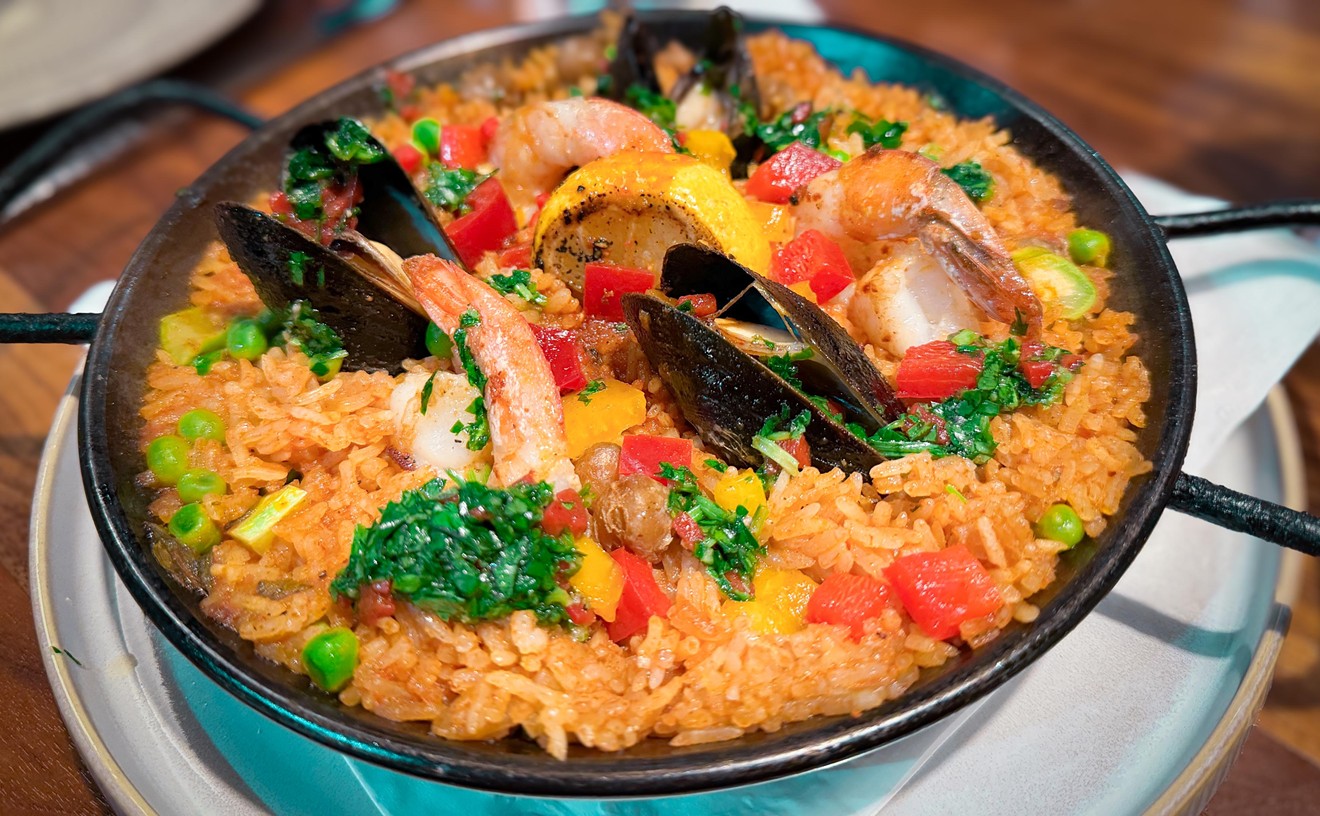You've probably heard Micheal Martensen's name around town, most likely preceded by the word "mixologist." As a bartender at The Cedars Social, he's been credited with helping establish Dallas' old school cocktail movement. More recently he has extended that charge by opening the first reservations-only cocktail den, Smyth.
It all seems very fancy, right? Well, it is.
But don't hold on too tightly to those perceptions. Because mezcal has found Mr. Martensen. And it's anything but fancy. In fact, it's better than fancy. It's smoky earthen legend.
See also: Urban Taco's Markus Pineyro on the Pride and Passion for a Drink
Mezcal (or mescal) comes from the maguey plant, which is of the same lineage of the agave used to make tequila. The large plant is grown in the far southern state of Oaxaca in Mexico, along the Pacific Ocean. The history of mezcal starts prior to the Spanish conquests, and what makes this spirit so fascinating is that not much of the process has changed since then.
"You don't find mezcal," Martensen says. "Mezcal finds you."
Recently he went on a trip with Del Maguey, makers of single village mezcals, to see the distilling process first-hand. He traveled up to six hours through jungle and mountains to find tiny Zapotec Indian villages, where he either discovered or lost part of his soul. He's still not sure yet.
When I spoke to him about it, words eluded him. "I just still can't get my head around it," Martensen says. He pauses, searching unsuccessfully for words. He can't say much else. I suspect there is a tear involved.
"It was invigorating to see these people who live in these villages, where the women take care of the family, the men work, and every day, all it's about is putting food on the table," says Martensen.
"What was most amazing was how happy everyone is. Four generations of families live together. It's amazing. There was one telephone in the entire village. If someone needed to talk to someone, they had to make an appointment for the person to be at the phone the next day."
One of the historically rich aspects of mezcal is the archaic process for making it. Prior to industrial ovens, assembly lines and, heck, the steam engine, mezcal was made a certain way, and it still is to this day.
"The big difference [from tequila or other spirits] is that they roast the agaves in the ground," explains Martensen, "which gives it that smoky flavor."
A palenquero (village mescal maker) removes the leaves around the maguey to get the core, or piña, then buries it in the ground with hot stones and dirt, which is then covered with maguey fiber and more dirt. The piñas simmer and smoke in the earth for three to five days, after which they are mashed in a stone mill. Finally, they mezcal is distilled in copper pots.
Martensen watched the entire process until villagers poured the mezcal into plastic bottles, before being shipped off.
Much like wine, mezcal boldly represents the soil it was grown and roasted in. And since there is no resting period in oak barrels (for the blancos, anyway), there are no layers of sweet or oak subtleties. It is rustic and earthen. The exact roasting and distillation process varies from village to village, which also gives each line a unique flavor.
In terms of discovering mezcal, Martensen recommends a slow acclimation. "I think you should ease into it," he says. "Mix it with a drink, perhaps a smoky margarita, substituting the mezcal for tequila."
The best way to experiment with a mezcal might be to pull up a seat at Smyth or The Cedars Social and ask them to pull something together for you based on your own preferences. Hopefully Martensen himself will be there to guide you through it, although don't be surprised if he's not there, if he packed a light duffle bag to go off grid in search of more.











